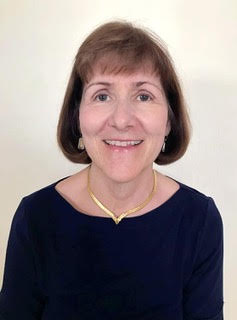 What inspired you to start writing mysteries, and how did you develop your passion for the genre? Writers are advised to write in the genre they love to read, so that was mysteries for me. I enjoy solving problems, whether it’s a Sudoku puzzle, a broken appliance (love YouTube videos for simple repairs!), or a substitution in a recipe when I don’t have an ingredient. Mystery writing involves putting together characters and a crime and then unraveling what happened and why for the reader. I try to mix in just enough clues for my readers to possibly guess whodunit before I reveal the killer. It’s not as easy to do as it may sound, and my passion for the genre has continued to grow as I try to meet the challenge of constructing an enjoyable story that also contains a reasonably hard puzzle to solve.
What inspired you to start writing mysteries, and how did you develop your passion for the genre? Writers are advised to write in the genre they love to read, so that was mysteries for me. I enjoy solving problems, whether it’s a Sudoku puzzle, a broken appliance (love YouTube videos for simple repairs!), or a substitution in a recipe when I don’t have an ingredient. Mystery writing involves putting together characters and a crime and then unraveling what happened and why for the reader. I try to mix in just enough clues for my readers to possibly guess whodunit before I reveal the killer. It’s not as easy to do as it may sound, and my passion for the genre has continued to grow as I try to meet the challenge of constructing an enjoyable story that also contains a reasonably hard puzzle to solve.
How do your travels and the time you spent living in Australia influence your writing and the settings of your stories? My family moved every four years or so when I was growing up. We also visited my grandparents in their small town in Arkansas every year. Arkansas is my birth state and also the setting for my new series, the Crossroads Mysteries. Altogether, I’ve lived in eight states and Australia and enjoyed trips to many other places. While in Australia, I took advantage of every school vacation to travel around that country, New Zealand, and Asia.
Although by middle school I was tired of moving and having to make new friends, I think having to adapt to new people and places gave me the confidence to pursue a teaching position overseas in Australia, which was an incredible experience. I believe travel adds to your understanding of the world and our common humanity. Meeting people in different places and hearing their stories has provided me with many ideas for characters. Who knows—I may introduce an Aussie in a future story!
Can you share any particularly interesting or funny experiences you had while teaching high school English in Australia? The first school where I taught in Australia was a technical high school, and it was all boys! I was one of only three female teachers, although the office staff and librarian were also women. The boys were wonderful to teach. I was only in my twenties, but sometimes they’d slip and call me “mum” instead of “miss.” They were also good about apologizing for swearing in my presence, whether I’d heard them or not!
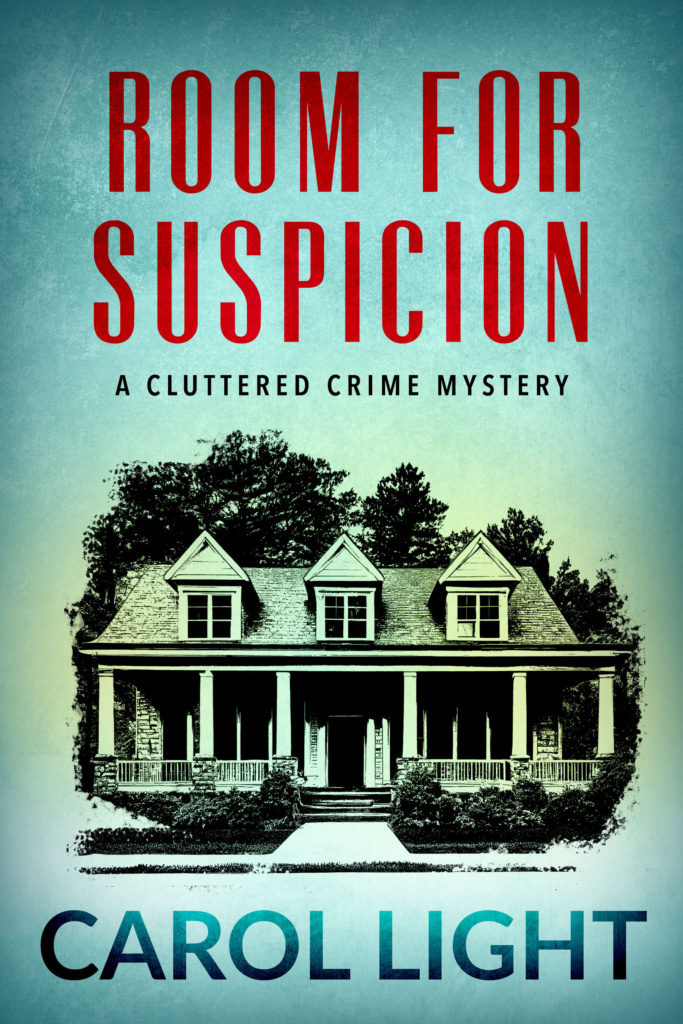 Your sleuths are often amateurs with normal lives. What draws you to this type of character, and how do you go about creating them? I love reading books about ordinary people caught up in extraordinary circumstances and having (or wanting) to do something about it. My characters aren’t the type to wait around for answers. After all, curiosity is a driving force for most humans. To create them, I identify their strengths and weaknesses and figure out what in their background may contribute to them becoming sleuths when circumstances, usually a murder, encourage or demand it. Crystal Ward, for example, is a professional problem-solver as an organizer and interacts with many people. Her years of marriage to a detective have given her some knowledge of what to look for and what questions to ask in conducting investigations. She’s also brave and determined to “sort out” messy situations, even if it involves personal risk.
Your sleuths are often amateurs with normal lives. What draws you to this type of character, and how do you go about creating them? I love reading books about ordinary people caught up in extraordinary circumstances and having (or wanting) to do something about it. My characters aren’t the type to wait around for answers. After all, curiosity is a driving force for most humans. To create them, I identify their strengths and weaknesses and figure out what in their background may contribute to them becoming sleuths when circumstances, usually a murder, encourage or demand it. Crystal Ward, for example, is a professional problem-solver as an organizer and interacts with many people. Her years of marriage to a detective have given her some knowledge of what to look for and what questions to ask in conducting investigations. She’s also brave and determined to “sort out” messy situations, even if it involves personal risk.
How do you integrate your love for quilting into your writing process, and are there any parallels between solving a mystery and quilting? Wow—there are many parallels between the two. Quilting, like writing, involves piecing bits and pieces together to create a pattern or a picture. As both a quilter and writer, I know when I start what the finished work will look like. I have to assemble fabrics and cut them into shapes in quilting, just as I have to create characters and scenes (and other pieces, like settings and subplots) to create a novel. I then have to stitch it all together. In a mystery, this means gradually giving the reader the pieces (clues, backstories, evidence, and a few red herrings) to solve the mystery. Both processes, while creative, are time consuming and require occasional ripping out and starting over. It’s always a moment of great joy to finish the last hem stitch or type “The End” on the last page.
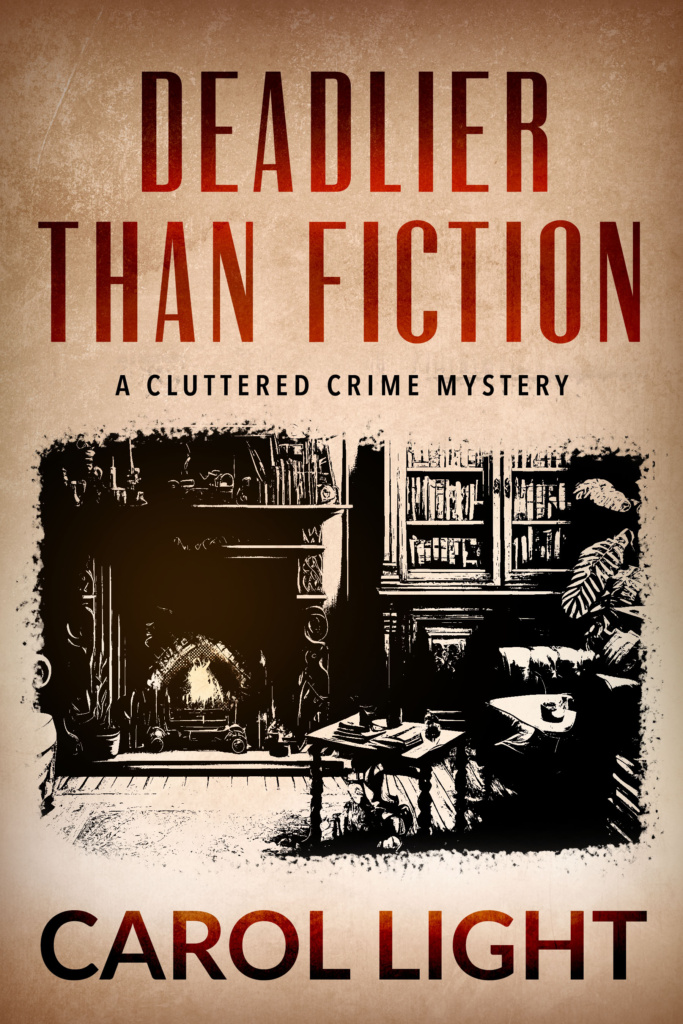 What are some of the most challenging aspects of writing a mystery novel, and how do you overcome them? Believe it or not, naming characters is challenging for me. I often research online lists of popular first names by birth year, which helps. I might make up a last name, use a common one, or find one I like in browsing a newspaper or the internet.
What are some of the most challenging aspects of writing a mystery novel, and how do you overcome them? Believe it or not, naming characters is challenging for me. I often research online lists of popular first names by birth year, which helps. I might make up a last name, use a common one, or find one I like in browsing a newspaper or the internet.
Another big challenge is providing clues as to why the crime was committed and by whom without giving away the killer’s identity too soon. Creating multiple suspects with reasons to murder the victim helps to distract the reader, but it’s still tricky. I usually find I’m revising my outline halfway through the first draft to make the plot work better.
Living in Florida, does the local culture and environment influence your storytelling? If so, in what ways? My neighbors joke that I should write about some of the situations that have occurred in our community, such as the elderly woman with a suspicious caregiver who hadn’t been seen in months until a neighbor called the police for a wellness check. We have many active, well-educated retirees in this area with incredible backgrounds in all kinds of areas. I’ve had help with research from people here, and they’ve been very supportive in promoting my books and hosting author events for me.
As for the state’s culture and environment overall, it’s very diverse and often exotic. Florida is famous for weird and crazy (but true!) stories and people. The wildlife is also amazing. I live on the edge of the Everglades and have had alligators, black bears, and pythons in my neighborhood. And then there’s the weather. I’ve hunkered down for five major hurricanes and haven’t been blown away yet. Despite all of these dangers and summer heat, Florida is a mecca for writers. I’d say it’s a great place for creative inspiration and storytelling!
What are some of your favorite mystery novels or authors that have influenced your work? I love British mysteries, although two of my favorite series about detectives in the UK are written by American authors—Elizabeth George and Deborah Crombie. Peter Lovesey’s humor and humanity inspires me, and he’s not afraid to break the mold. The Last Detective begins with a fisherman discovering a body in a lake. Aha! We have our victim and can start solving the mystery. But wait a minute…the fisherman then goes home and tells no one. What?? It’s not until the next day and scene that someone else notices the victim and calls the police. I knew from that first chapter, which made me laugh, that I’d enjoy his writing.
I’m also a fan of Michael Connelly, John Sandford, Jonathan Kellerman, Tana French, and Australian writers Jane Harper and Liane Moriarty. There are too many to name. Diane Mott Davidson’s series about caterer Goldie Schulz was inspirational for me in creating a series about an amateur female sleuth.
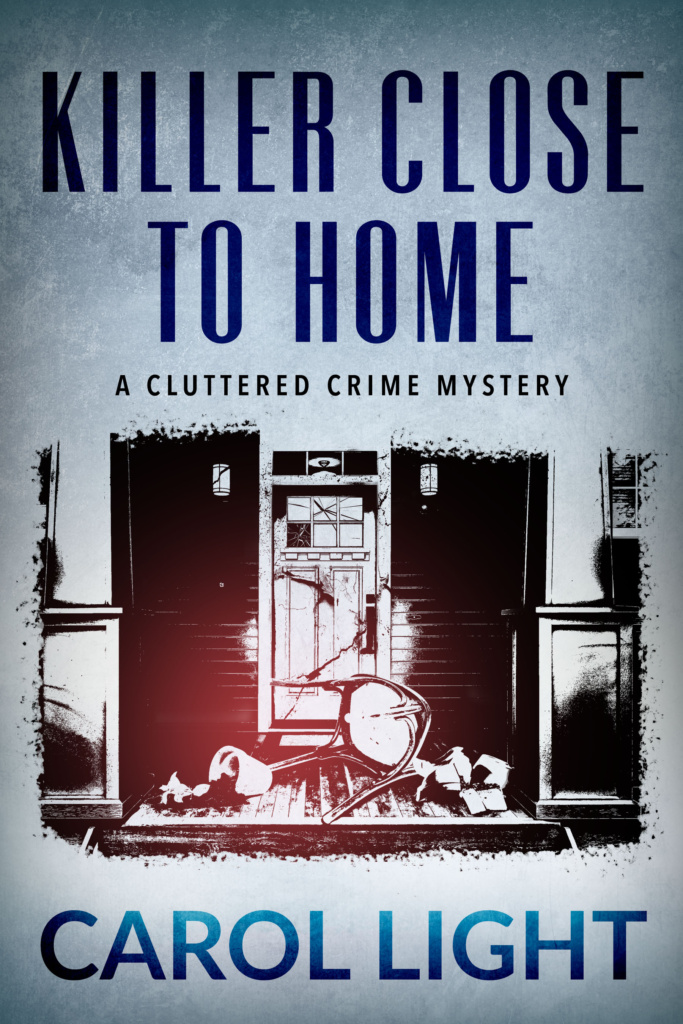 Can you give us a sneak peek into your writing routine? Do you have any specific habits or rituals that help you stay focused and creative? I prefer writing in the morning, ideally three hours per day. I use Saturdays to make up any time and don’t write on Sundays unless I’m close to a deadline. I make my first cup of tea (English Breakfast or Darjeeling) and work on my Mac until lunchtime. Sometimes, depending on when I start, I continue after lunch. I’ve recently started attending write-in sessions with Sisters in Crime some mornings, which makes the process seem less isolated. I’m good about sticking to my schedule most days and look forward to writing.
Can you give us a sneak peek into your writing routine? Do you have any specific habits or rituals that help you stay focused and creative? I prefer writing in the morning, ideally three hours per day. I use Saturdays to make up any time and don’t write on Sundays unless I’m close to a deadline. I make my first cup of tea (English Breakfast or Darjeeling) and work on my Mac until lunchtime. Sometimes, depending on when I start, I continue after lunch. I’ve recently started attending write-in sessions with Sisters in Crime some mornings, which makes the process seem less isolated. I’m good about sticking to my schedule most days and look forward to writing.
What advice would you give to aspiring writers who want to create their own amateur sleuths and engaging mysteries? Read a lot of mysteries like the one you want to create and analyze them. Also, take courses (online or in person) on writing. Some are offered with membership to writers’ groups, such as Sisters in Crime, Mystery Writers of America, or Jericho Writers. There’s much more to the craft than you might think, even if you have a degree in English or believe you’re already a good writer. There are also many helpful books on writing, such as Elizabeth George’s Write Away and Save the Cat Writes a Novel by Jessica Brody.
Most important, to be a writer you have to write. Maybe not every day, but you have to stick with it consistently. New ideas and solutions to plotting and character problems will come if you’re keeping the story in mind. Then, when you finish, have someone read it who will give you honest criticism and be open to receiving feedback. Belonging to a writer’s group or having critique partners can also be very helpful as you develop your skills. Writing is a craft and it takes practice to master it.
BONUS: What is one comfort read that you find yourself always reaching for? Susan Elizabeth Phillips’s Breathing Room. Love that book! A wonderful romance written with humor, it’s also a very heartwarming story about overcoming setbacks in life and finding hope for the future.


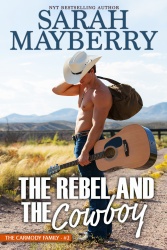
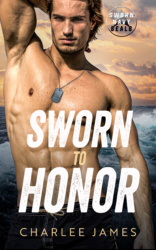

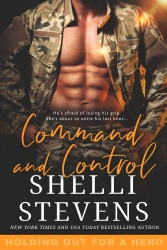
By posting a comment, you consent to have your personally identifiable information collected and used in accordance with our privacy policy.